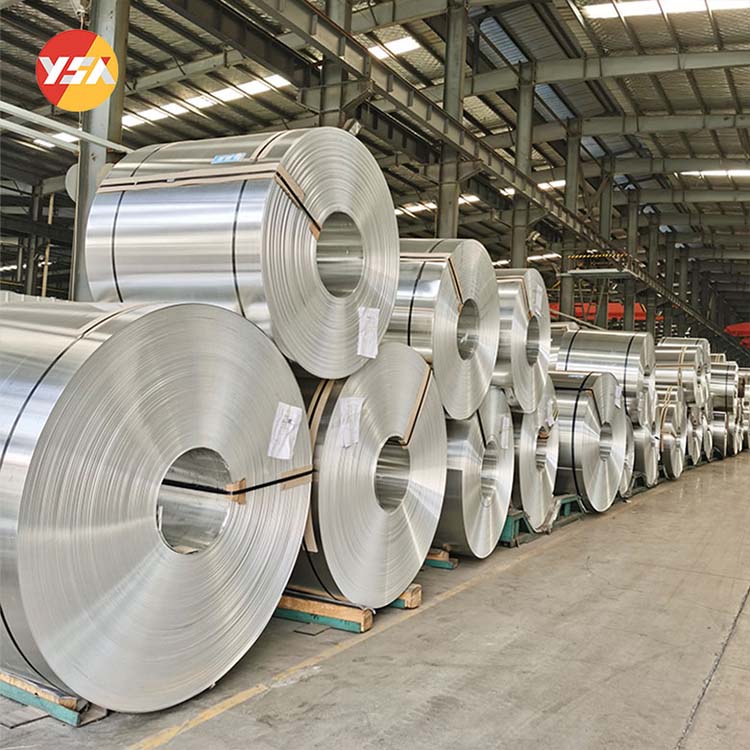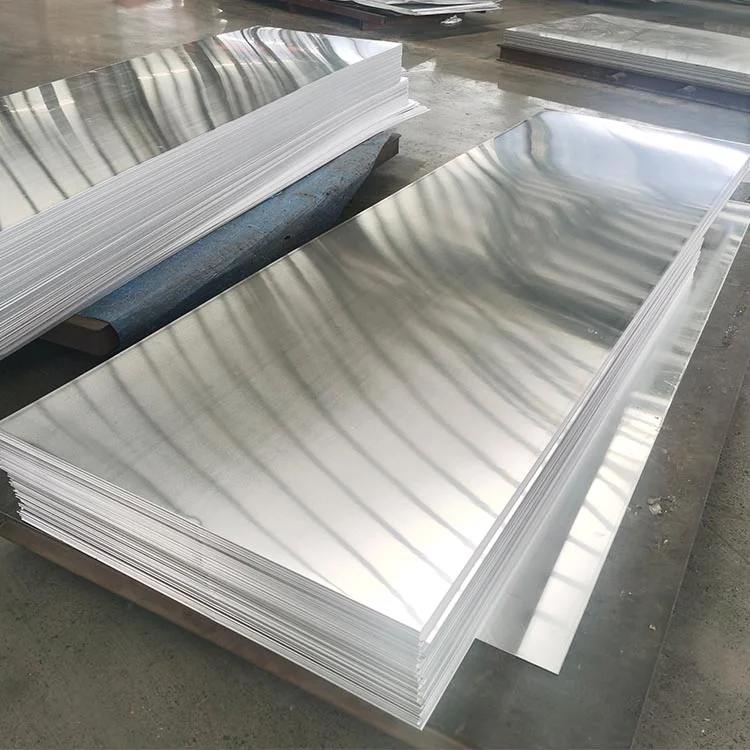When you pick up a bottle of mineral water from a supermarket shelf, you might not realize that behind this light, transparent bottle lies a revolution in materials science. Polyethylene terephthalate, one of the most important polymer materials in modern industry, has quietly permeated every aspect of human life.
From transparent films wrapping food to insulating layers protecting electronic components, from textile fibers to automotive parts, this versatile material is reshaping our material world at an astonishing pace. With an annual global production capacity exceeding 110 million tons, PET is not only a major force in the packaging industry but also an indispensable foundational material in high-tech fields.

PET Materials Basic Information
PET, the chemical name for polyethylene terephthalate, consists of terephthalic acid and ethylene glycol, formed through an esterification and polycondensation reaction to form regular linear polymer chains. This highly symmetrical molecular structure imparts excellent crystallization, allowing it to form dense crystalline regions under appropriate processing conditions, resulting in exceptional physical properties. Industrial PET production primarily occurs through two process routes: transesterification of dimethyl terephthalate with ethylene glycol, and direct esterification of purified terephthalic acid with ethylene glycol. Both require multiple polycondensation steps to produce a polymer with a molecular weight ranging from 20,000 to 30,000 g/mol.
PET is a milky white or light yellow, highly crystalline polymer with a smooth surface and a glass-like luster. Based on modification methods and applications, PET materials can be divided into three main types:
- APET: Amorphous, transparent material primarily used for food packaging containers
- RPET: Recycled PET, processed through a recycling system and offering exceptional environmental friendliness
- PETG: PET incorporates a cyclohexanedimethanol comonomer to improve processing transparency and toughness
PET resin has become one of the world’s most widely used engineering plastics. Its applications have expanded from its initial synthetic fiber applications to include packaging, electronics, transportation, and other key sectors. Global production capacity is projected to exceed 110 million tons by 2025.
Core Properties of PET Materials
PET’s popularity in the industry stems from its exceptionally balanced combination of properties. In terms of physical and mechanical properties, PET exhibits high rigidity, high hardness, and excellent dimensional stability. Its flexural strength can reach 148-310 MPa, and its Rockwell hardness reaches M90-95, demonstrating the highest toughness among thermoplastics.
Physical Properties
Table 1: Key Physical Properties of PET
| Performance Parameters | Value Range | Test Standard |
| Flexural Strength | 148-310 MPa | ASTM D790 |
| Impact Strength | 64.1-128 J/m | ASTM D256 |
| Water Absorption | 0.06%-0.129% | ASTM D570 |
| Glass Transition Temperature | 80°C | ISO 11357 |
| Heat Deflection Temperature | 98°C | ASTM D648 |
| Elongation | 1.8%-2.7% | ASTM D638 |
Thermal Properties
PET can withstand long-term use at temperatures up to 120°C. Reinforced versions can even withstand immersion in a 250°C solder bath for 10 seconds without deformation. This heat resistance gives it an irreplaceable advantage in the electronics soldering field. Its electrical insulation properties are also excellent, remaining stable even in high-temperature and high-frequency environments. However, its corona resistance is relatively limited.
Chemical Stability
PET exhibits excellent weather and chemical resistance, with good resistance to weak acids and organic solvents. However, it is susceptible to corrosion by strong bases, and prolonged immersion in hot water can also lead to performance degradation.
PET Film – Biaxially Oriented Polyester Film
Among the many forms of PET, biaxially oriented polyester film holds a special place. Produced through a precision stretching process, this film, typically around 0.012mm thick, possesses remarkable physical strength.
Production Process Classification
- Biaxially oriented film: High-performance films made from high-purity “glossy” materials stretched in both the longitudinal and transverse directions, dominate the market.
- Uniaxially oriented film: Semi-matte materials with titanium dioxide added are stretched only in the longitudinal direction. They are lower-quality and cost-effective, primarily used for pharmaceutical packaging.
The exceptional performance of BOPET film stems from its unique manufacturing process. The film is first extruded into a thick, amorphous sheet at 280°C. After cooling, it enters the stretching stage: stretching approximately 3 times in the longitudinal direction at 86-87°C and 2.5-4 times in the transverse direction at 100-120°C. Finally, it is set at 230-240°C. This process results in a high degree of molecular chain orientation, imparting the film with exceptional toughness: tensile strength comparable to metal, along with excellent abrasion resistance, folding resistance, and tear resistance. It has minimal heat shrinkage, a light transmittance >90%, and a mirror-like surface.
Table 2: PET Film Classification and Application by Application
| Film Type | Thickness Range | Core Properties | Main Applications |
| Electrical Insulation Film | 25-125 μm | High breakdown voltage, good heat resistance | Wire and cable, touch switch insulation |
| Capacitor Film | 3.5-12 μm | High dielectric constant, low dissipation factor | Capacitor dielectric, insulation interlayer |
| Card Protective Film | 10-70 μm | High stiffness, good thermal stability | Document protection, laser anti-counterfeiting substrate |
| General-Purpose Film | 20-50 μm | High strength, good dimensional stability | Composite packaging, metallization substrate |
| Nano-PET Film | Customization | High transparency, special functionality | Optical devices, high-end displays |

PET Material Applications
The breadth of PET applications is astonishing, covering nearly every key area of modern industry.
- Packaging Industry: 70% of global PET production is used for packaging. Carbonated beverage and mineral water bottles are its largest applications, with applications expanding to edible oil bottles, condiment bottles, and pharmaceutical bottles. A 500ml PET bottle weighs only approximately 18 grams, 80% lighter than a glass bottle, yet can withstand internal pressures up to 150 psi. Food packaging films utilize its high oxygen barrier and transparent display properties.
- In the electronics and electrical sectors: PET’s excellent insulation and heat resistance are used to manufacture various insulating films, capacitor dielectrics, and flexible circuit boards. Electrical-grade films can be precisely controlled to a thickness between 3.5 and 125 μm, with breakdown voltages exceeding 5 kV. Reinforced PET is used to manufacture high-temperature-resistant electronic components such as connectors and transformer bobbins.
- In the textile industry: PET fiber accounts for over 50% of global synthetic fiber production, and its high strength and wrinkle resistance have transformed the textile industry.
- In the automotive industry: Reinforced PET is used to produce components such as lamp holders, switchboard covers, and valves, replacing metal for lightweighting.
- In specialty applications: High-viscosity PET protective film is used to protect the surfaces of LCD panels and touch screens, offering excellent scratch resistance at a thickness of only 0.05-0.1 mm. Its dimensional stability and transparency are also used in photosensitive film substrates. Vacuum-coated aluminum films are used for decorative purposes and in capacitor manufacturing.
PET engineering plastics demonstrate widespread penetration across multiple industries: electronics and electrical 26%, automotive 22%, machinery 19%, and daily necessities 10%. Although engineering plastics only account for 1.6% of the total PET market, they possess the highest technological content and added value.
PET Production Process
The manufacturing of PET products is a precise thermomechanical process requiring extremely strict temperature control.
Injection molding
Used for products such as bottle preforms and electronic components. The barrel temperature is controlled in stages: rear section (250-270°C), middle section (265-275°C), front section (270-275°C), and nozzle (280-295°C). The mold temperature is maintained between 30-85°C, with a back pressure of 5-15 kg/cm². The raw material must be pre-dried at 120-140°C for 2-5 hours to prevent molecular chain breakage caused by hydrolysis.
Biaxially oriented film process
- Pre-drying and melt extrusion: After dehumidification, the sliced film is extruded into thick sheets at 280°C.
- Quick cooling: Rapid cooling via a cooling drum or coolant maintains the amorphous state.
- Biaxial stretching: Longitudinal stretching (86-87°C, stretch ratio ≈ 3x) → transverse stretching (100-120°C, stretch ratio 2.5-4.0x).
- Heat setting: Relieve internal stresses at 230-240°C to improve dimensional stability.
Blow molding
Mainly used for the production of hollow bottles. The preform is reheated to above the glass transition temperature and then blown into shape using high-pressure gas. This process requires precise control of temperature distribution and blow pressure to ensure uniform bottle wall thickness.
Extrusion
Produces continuous profiles such as sheet and tubing. Thick sheets are extruded through a T-die for subsequent thermoforming, or directly extruded into sheet for packaging. The temperature control range is similar to that of injection molding, but the cooling methods are more diverse.
Secondary processing technologies
including coating, vacuum metallization, printing, and welding, further expand the application boundaries of PET.
Sustainability Challenges and the Future
The environmental footprint of PET materials is a growing concern. Traditional PET relies on petroleum-based feedstocks and takes over 400 years to degrade naturally. While the global PET bottle recycling rate is approximately 58%, a significant amount of waste still enters the environment.
Technological innovation is driving a green transformation
- Mechanical recycling involves shredding and cleaning used PET bottles, then melting and pelletizing them for use in fiber or non-food contact packaging.
- Chemical depolymerization reduces PET to its monomers, which are then repolymerized to produce food-grade rPET.
- Bio-based PET utilizes biomass feedstocks to replace petroleum. For example, Coca-Cola’s PlantBottle uses sugarcane ethanol to produce ethylene glycol, reducing carbon emissions by 30%.
At the forefront of material performance
Nano-modified PET, by adding 1-100nm inorganic particles, imparts new functionalities such as antimicrobial and high-barrier properties while maintaining high transparency.Degradable copolyesters are enhanced through molecular design to improve environmental friendliness.High-performance alloys are being compounded with materials such as PC and PA to push the performance limits of single materials.
With the surge in demand for food-grade rPET, the commercialization of advanced “bottle-to-bottle” recycling technologies is accelerating. The global PET market is projected to reach $62 billion by 2030, with food-grade rPET already priced over 50% higher than virgin.
From lightweight yet durable beverage bottles to micron-sized capacitor films, from everyday clothing to heat-resistant components in car engine compartments, PET, a versatile material, has become deeply integrated into modern life. It strikes a complex balance between performance and cost, transparency and strength, and rigidity and toughness, making it a mainstay in the packaging revolution.
With breakthroughs in recycling technology and innovations in bio-based materials, this laboratory-born polymer is exploring new possibilities for sustainable development. Its story is far from over—over the next decade, PET technology will continue to redefine the boundaries of industry and life, focusing on both environmental friendliness and high performance.


